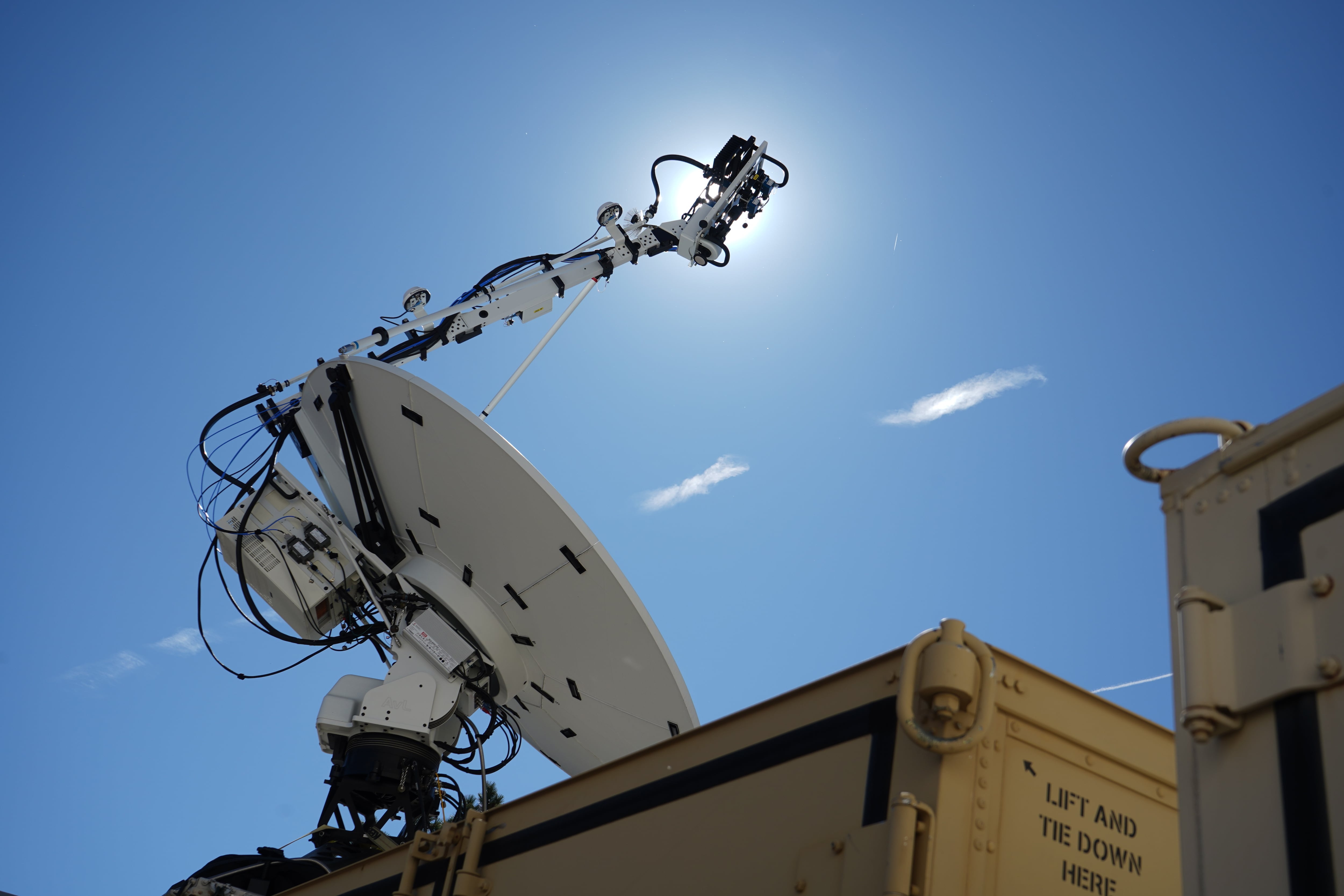For the military to maintain its combat edge, the Department of Defense needs to move away from the hardware-centric, industrial age paradigm of years past and embrace frenzied software development, a Navy leader said.
One way to solve that problem is HACKtheMACHINE, which aims to work with and introduce so-called non-traditional organizations to “cool” Navy problems in the hopes of inspiring talented developers to work with the service.
“That’s how [the United States] won World War II. We were able to out build everyone else in the world. That kind of carried the day to the end of the century until we got to this more software based combat capability,” Rear Adm. Lorin Selby, chief engineer and deputy commander for ship design, integration and naval engineering at Naval Sea Systems Command, told C4ISRNET in an interview. “I think we’re in a new era, where really if you look at our weapon systems today, they’re all software based.”
Selby spoke with C4ISRNET the morning before the fourth iteration of HACKtheMACHINE in Seattle from Sept. 21-23.
RELATED

“We want to try to reach out to folks in places like Seattle, expose them to our capabilities, what we do and then talk to them about our problems, which I think are kind of cool,” Selby said. “We’re looking to try to tap in to folks who think differently ... about problem sets maybe because they’re not a part of our daily ecosystem. They come to the problem sets with a different approach, different mindset.”
What’s different about this iteration of the program is the number of participants from the private sector (550 compared to around 500 from the last event in Boston), the problem sets the Navy is using for the event and the number of program communities from the Navy participating.
The problems the Navy presented in the early versions of HACKtheMACHINE were abstractions of Navy problems, Zac Staples, founder & CEO of Fathom5, an industrial cybersecurity company focused on the maritime industry, rather than the true problem.
“The maturity that we’ve got with HACKtheMACHINE this year that makes it special is that we have a major program manager sponsoring each one of the three tracks,” Staples, who formerly was the director of the Center for Cyber Warfare at the Naval Postgraduate School and co-creator of HACKtheMACHINE, told C4ISRNET.
The three tracks included;
- a maritime “Capture the Flag” in which NAVSEA is going to better understand what happens to the maritime testbed and how the Navy can rewrite standards aboard deployed vessels;
- the program manager for electronic charting and navigation will focus on using navigational data, and;
- a DevOps and app development track in which the Navy can learn how to replicate lessons from companies for agile development in programs such as Consolidated Afloat Networks and Enterprise Services.
“If you look at what Apple and Google and Microsoft and what others are doing, they can turn around an app and modify it in days, maybe even hours. They can do it a lot faster than we can,” Selby said. “We recognize that for us to maintain our combat credible power in this century, we’ve got to develop that same software pipeline. That’s kind of the DevOps concept.”
The Navy hopes to learn from the event and use it as a recruiting tool for sailors in an software-centric environment.
Selby said last year during HACKtheMACHINE in Boston, the Navy learned much about its own data by observing a data science track. Then, Navy leaders recognized that the refresh rate of its data was not fast enough.
The event wrapped up as the Pentagon released a new DoD cyber strategy that discusses the need to work with industry in non-traditional methods in crowdsourcing and vulnerability detection.
Mark Pomerleau is a reporter for C4ISRNET, covering information warfare and cyberspace.








